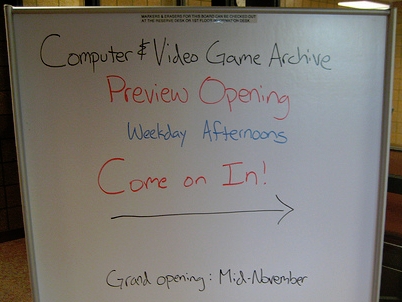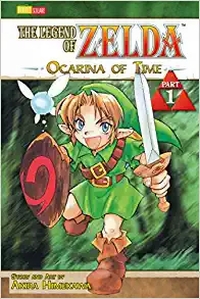This article is from the first edition of The Video Game Librarian website I published between 2008 and 2010. It was originally written on September 30, 2008.
National Gaming Day @ Your Library (which is on Saturday, November 15) is getting closer and closer and the American Library Association has two programs that can help librarians get involved.
The first activity will be a national video game tournament using the Ann Arbor Library’s GT System. Interested librarians can sign up at icanhaz.com/ngd to participate.
If a national video game tournament sounds like too much, librarians who register to participate can also obtain a copy of the Hasbro board game Pictureka! for free. Hasbro has offered to donate a copy of the game to every public library branch in the U.S. And because of that, the second activity is an attempt to set a record for the most number of people playing a board game at the same time.
Finally, an online publicity tool kit will be available starting tomorrow, October 1. This kit will include downloadable artwork, a customizable postcard, a sample press release, a sample letter to the editor, and much more
More information (and the online tool kit) can be found at the ALA’s Games and Gaming Resources for NGD 2008 page or at the Facebook Event page.


 Viz Media is getting ready to release the first volume of The Legend of Zelda manga, The Legend of Zelda: Volume 1 – Ocarina of Time: Part 1, on October 7. But now, Amazon listings for Volume 3 and Volume 4 have popped up on the site.
Viz Media is getting ready to release the first volume of The Legend of Zelda manga, The Legend of Zelda: Volume 1 – Ocarina of Time: Part 1, on October 7. But now, Amazon listings for Volume 3 and Volume 4 have popped up on the site.